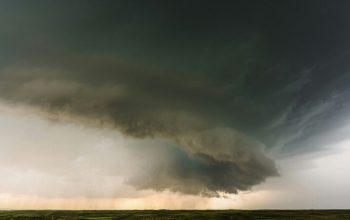The still untitled sequel to Nintendo’s “Legend of Zelda: Breath of the Wild,” commonly known as Breath of the Wild 2, was announced in 2019.
As 2019 rolled into 2020, I made an optimistic prediction that the game would be out later that year. It wasn’t an outlandish prediction. Development of the game started two years prior, pretty much immediately after its predecessor was complete. With the sequel clearly running on the same game engine as the first one, an abbreviated development time was expected.
After all, Nintendo wouldn’t have to make the entire game from the ground up to make a sequel. The art assets, game physics, and development tools used to make the first one would already be right there. Two or three years of development time would be plenty of time for a seasoned developer like Nintendo to crank out a sequel.
But 2020 passed into 2021 with no new Zelda game in sight.Okay, sure, the pandemic threw a wrench into everybody’s plans. But surely 2021 would be the year, right?
I thought so, but no. In Nintendo’s mid-summer E3 Direct we finally got a smidgen of details about the game and confirmation of a 2022 release.
Thus, when the new year rolled over again just a few months ago, Breath of the Wild 2 made my list of most anticipated things for the third year running. Five years is a long time to develop a sequel, but there it is.
Sadly, that certainty didn’t last long. Just a few weeks ago Nintendo announced that Breath of the Wild 2 had been delayed to Spring of 2023, dashing my hopes and securing it’s place on my most anticipated list for another year. What could possibly be going on over there?All things considered, we should be anticipating a third game in a Breath of the Wild trilogy by now. Even COVID can’t account for these delays.
Development for the sequel to Breath of the Wild is on pace to take as long or longer than it took to make the first game from scratch, and that was a game that went back to the drawing board part-way through its development in order to make the generational jump from the Wii-U to the Switch.
Ironically, some in the gaming community are beginning to theorize that history is repeating itself. A close analysis of the latest trailer for the game shows graphical fedility that looks almost too good to be running on the Nintendo Switch’s now five year old hardware, leading to speculation that Nintendo has a new console up their sleeve and that the delay in the game has been made to coordinate with the launch of a new system.
It’s an outlandish theory. In spite of huge demand, there’s been no sign that Nintendo has any intention of releasing the fabled “Switch Pro,” much less is actively working on one. Such secrets don’t stay secret for long in today’s world. People would notice if Nintendo were suddenly ordering large amounts of next-gen graphics components, especially since there is still a global chip shortage.
But it’s not completely out of the question either. This wouldn’t be the first time that Nintendo has delayed a Zelda game in order to use it as a showcase for their new hardware. In fact, this wouldn’t even be the second time they’ve done that.
Without a better explanation for why Nintendo would be spending so much development time and money on a project, the outlandish suddenly starts to seem logical. There is, in all likelihood, no “Switch Pro,” but there is a strangely “Switch Pro” shaped hole in the story of why it has taken Nintendo six years to capitalize on one of their biggest franchises.The simpler answer is that something has gone catastrophically wrong behind the scenes and, for whatever reason, the game just isn’t done yet.
I guess we’ll find out next year… maybe. Travis Fischer is a news writer for Mid-America Publishing and just wants to save Hyrule again.







